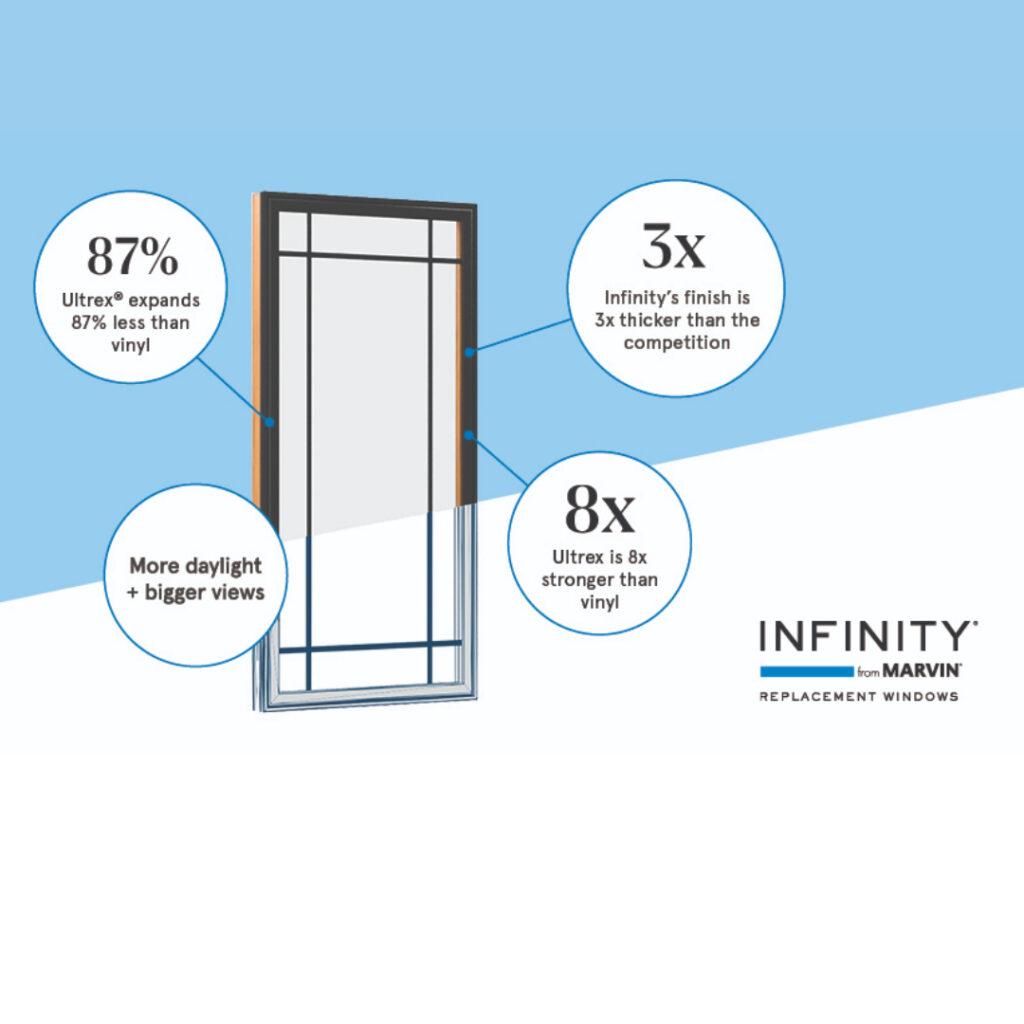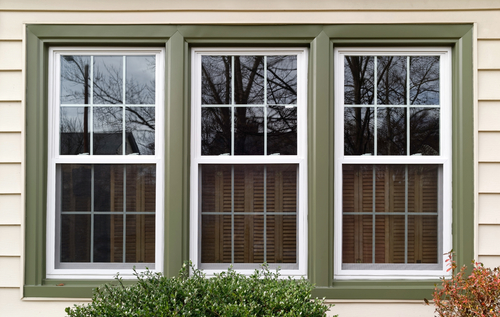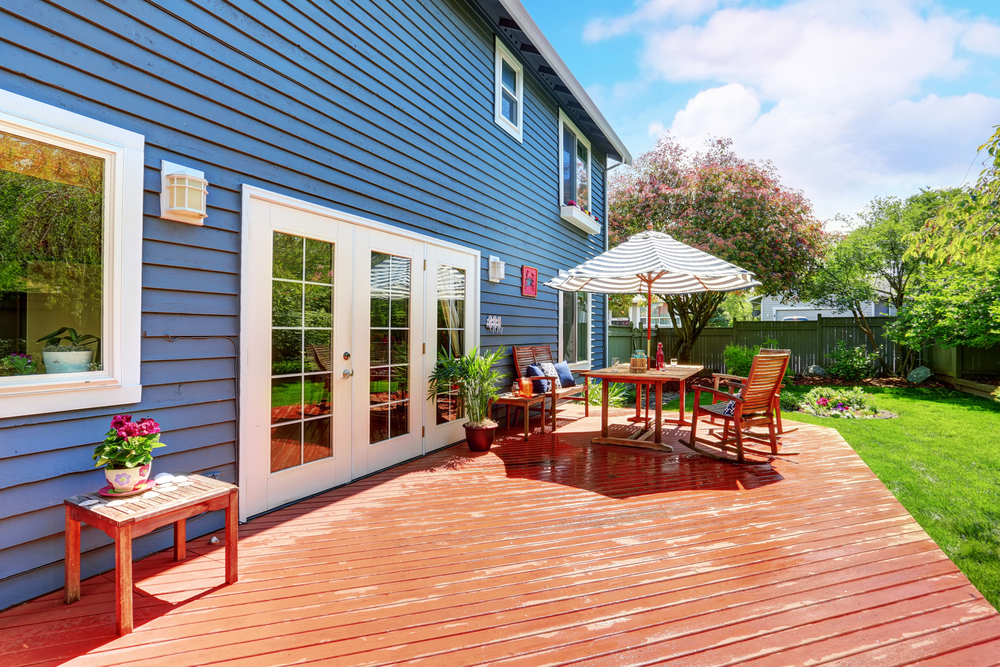Vinyl vs. Fiberglass Windows: A Side-by-Side Comparison
Updated July 6, 2025
Learn the key differences between vinyl and fiberglass replacement windows, including durability, energy performance, cost, and long-term value—backed by over 50+ years of installation experience in Colorado.
Overview
Choosing the right window material impacts your home’s comfort, value, and energy savings. At Gravina’s Window Center of Littleton®, we specialize in premium fiberglass windows from Infinity from Marvin®, a top-tier option built for Colorado's extreme climate. Below, we break down how fiberglass compares to traditional vinyl.
Durability in Colorado Weather
Colorado’s climate puts windows to the test. High-altitude UV exposure, temperature swings, and heavy snowfall demand materials that won’t warp or crack.
- Vinyl resists rot and rust but expands and contracts with heat. This movement can lead to seal failure and frame warping.
- Fiberglass, especially Ultrex®, maintains stability across temperature changes. It’s engineered to be 8x stronger than vinyl, resisting flex and ensuring long-term performance.
Energy Efficiency
Heat loss through windows can account for up to 30% of your home’s energy bill. Frame material and glass coatings make a measurable difference.
- Vinyl is often ENERGY STAR® certified but may lose performance over time if seals fail or frames warp.
- Fiberglass has a low thermal expansion rate. Combined with Low-E glass, it keeps heat in during winter and out during summer.
Cost Comparison
Vinyl windows are generally cheaper upfront but may need replacement after 10–15 years. Fiberglass costs more initially but can last 30+ years with little maintenance.
- Vinyl has a lower price point but a shorter lifespan.
- Fiberglass costs about 15–30% more but delivers better value over time. See the 2024 Cost vs. Value Report
Design & Aesthetic Flexibility
- Vinyl comes in preset factory colors and can’t be painted. Its thicker frames reduce visible glass area.
- Fiberglass allows slimmer profiles for more daylight and can be painted to match your home’s style.
Environmental Impact
- Vinyl is petroleum-based and not widely recyclable.
- Fiberglass is made from natural materials like silica sand and often includes recycled content. Its long lifespan also reduces waste.
Side-by-Side Comparison: Vinyl vs. Fiberglass Windows
| Feature | Vinyl | Fiberglass (Ultrex®) |
|---|---|---|
| Expected Lifespan | 10–15 years | 30+ years |
| Thermal Expansion | Higher rate; may cause seal failure | Very low rate; maintains seals |
| Frame Profile | Thicker; less glass area | Slimmer; more visible glass |
| Paintable | No | Yes |
| Sustainability | Petroleum-based; not recyclable | Silica-based; long lifespan |
Why We Recommend Infinity from Marvin®
At Gravina’s Window Center of Littleton®, we install Infinity from Marvin® fiberglass windows because they perform in Colorado’s climate. Every unit is installed by Marvin-certified technicians and backed by our lifetime labor warranty.
Have questions? Schedule your free consultation or visit our showroom.










4 Comments
[…] about how the window is crafted, what gas and coatings are on the glass itself, what the substrate of the window frame is made from. All of these details are important in understanding the lifespan of your window. […]
[…] Read the full article at: http://www.windowsforyourhome.com […]
[…] Read the full article at: http://www.windowsforyourhome.com […]
[…] Read the full article at: http://www.windowsforyourhome.com […]
Recent Posts